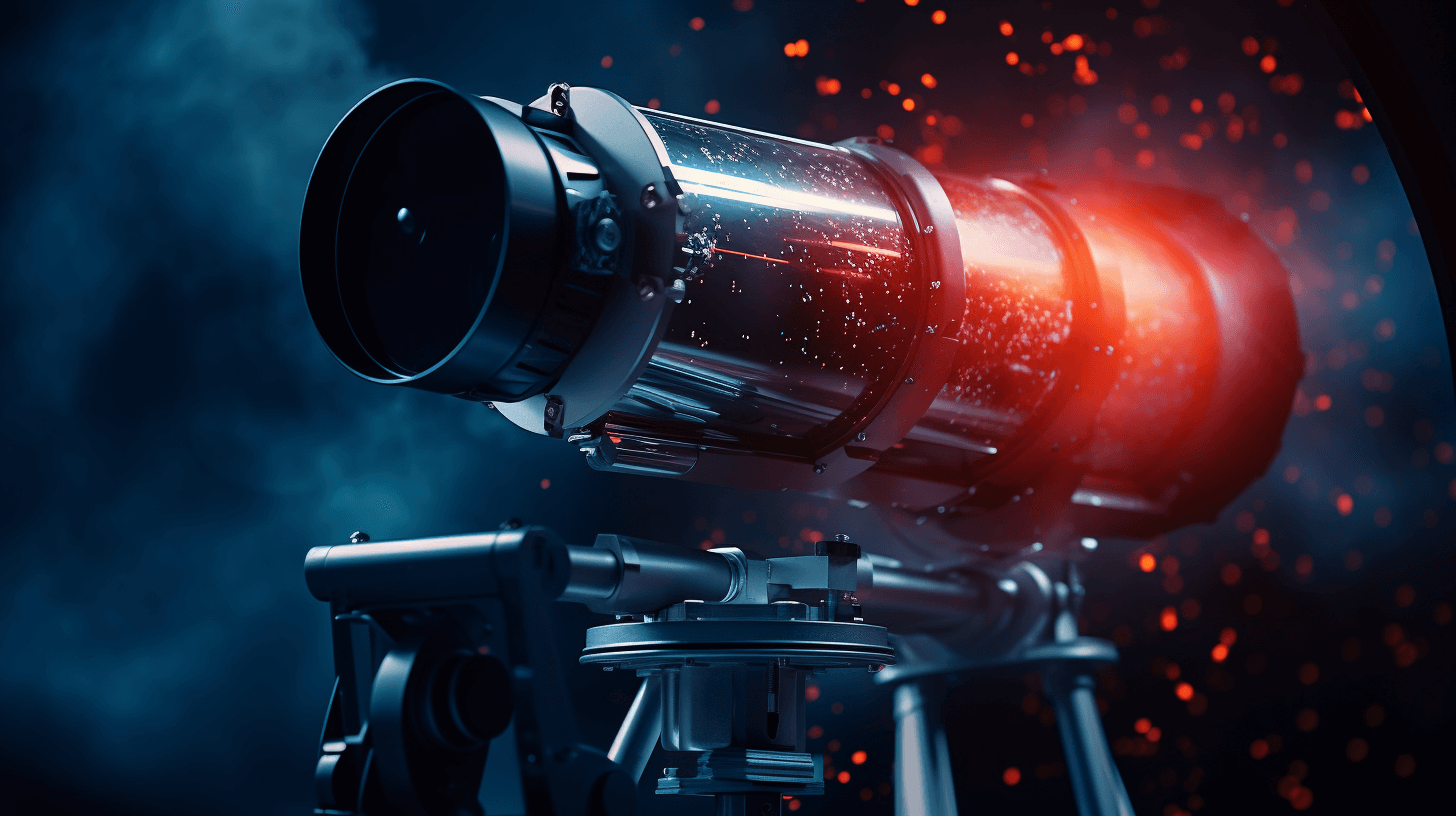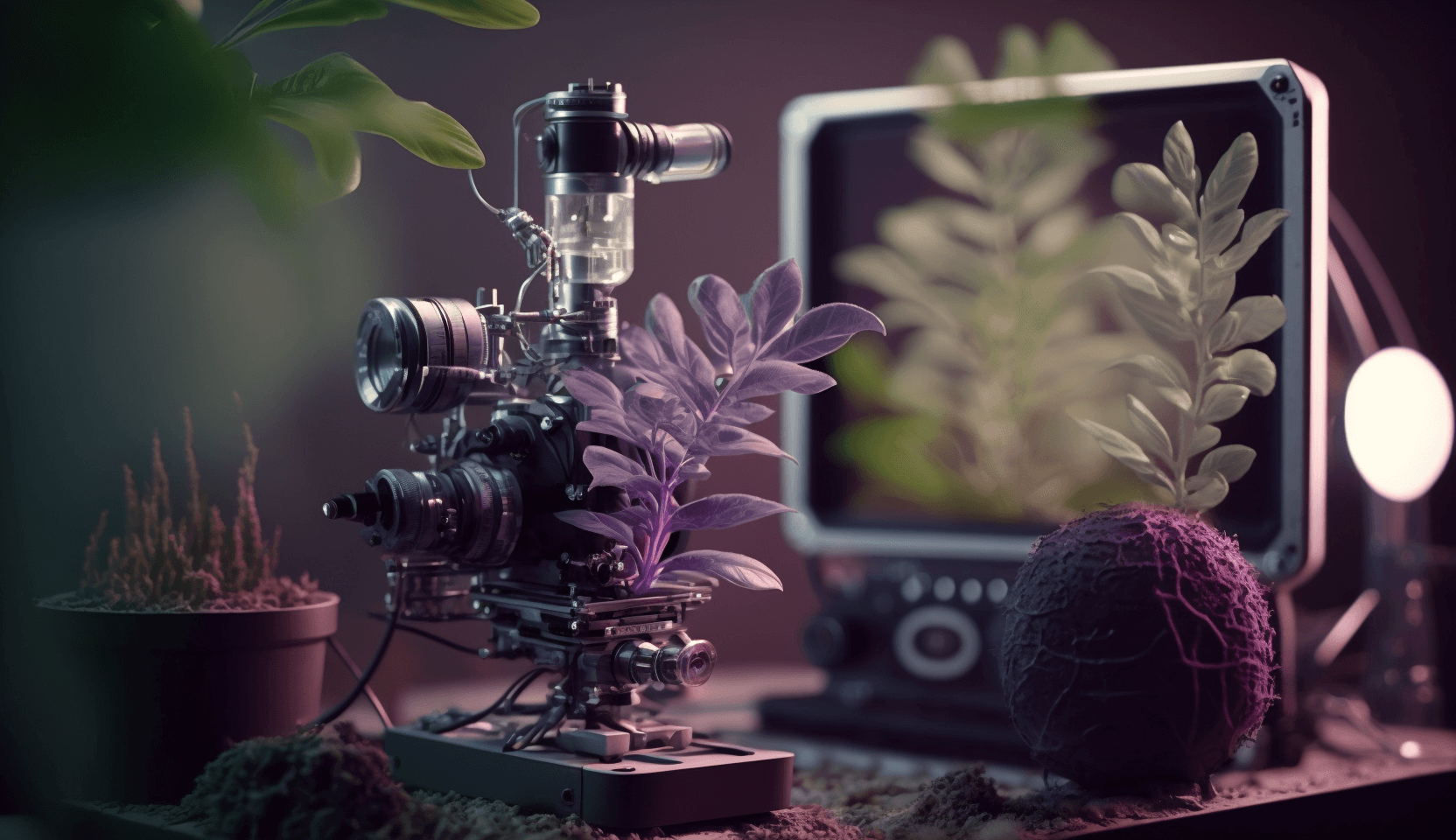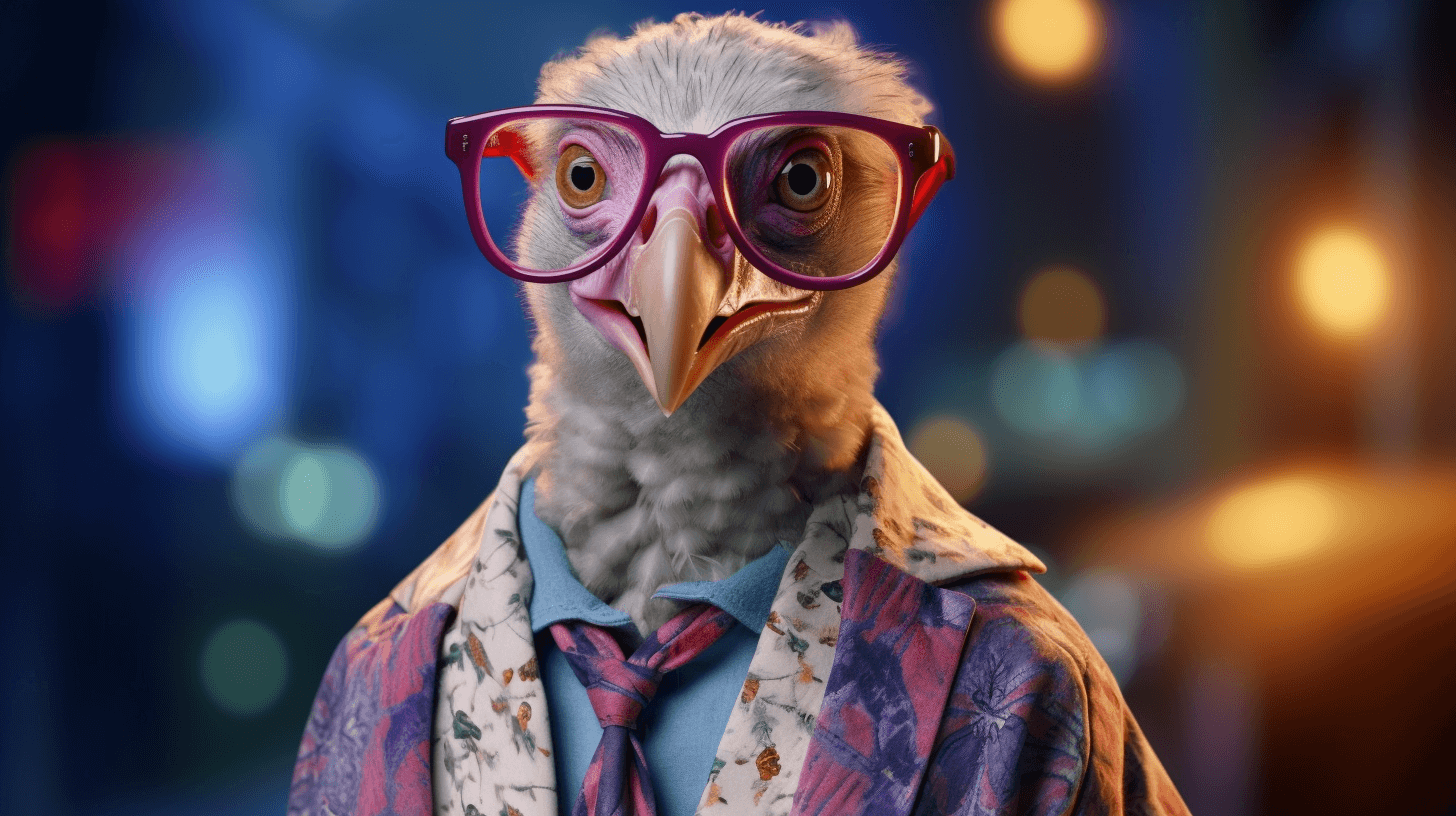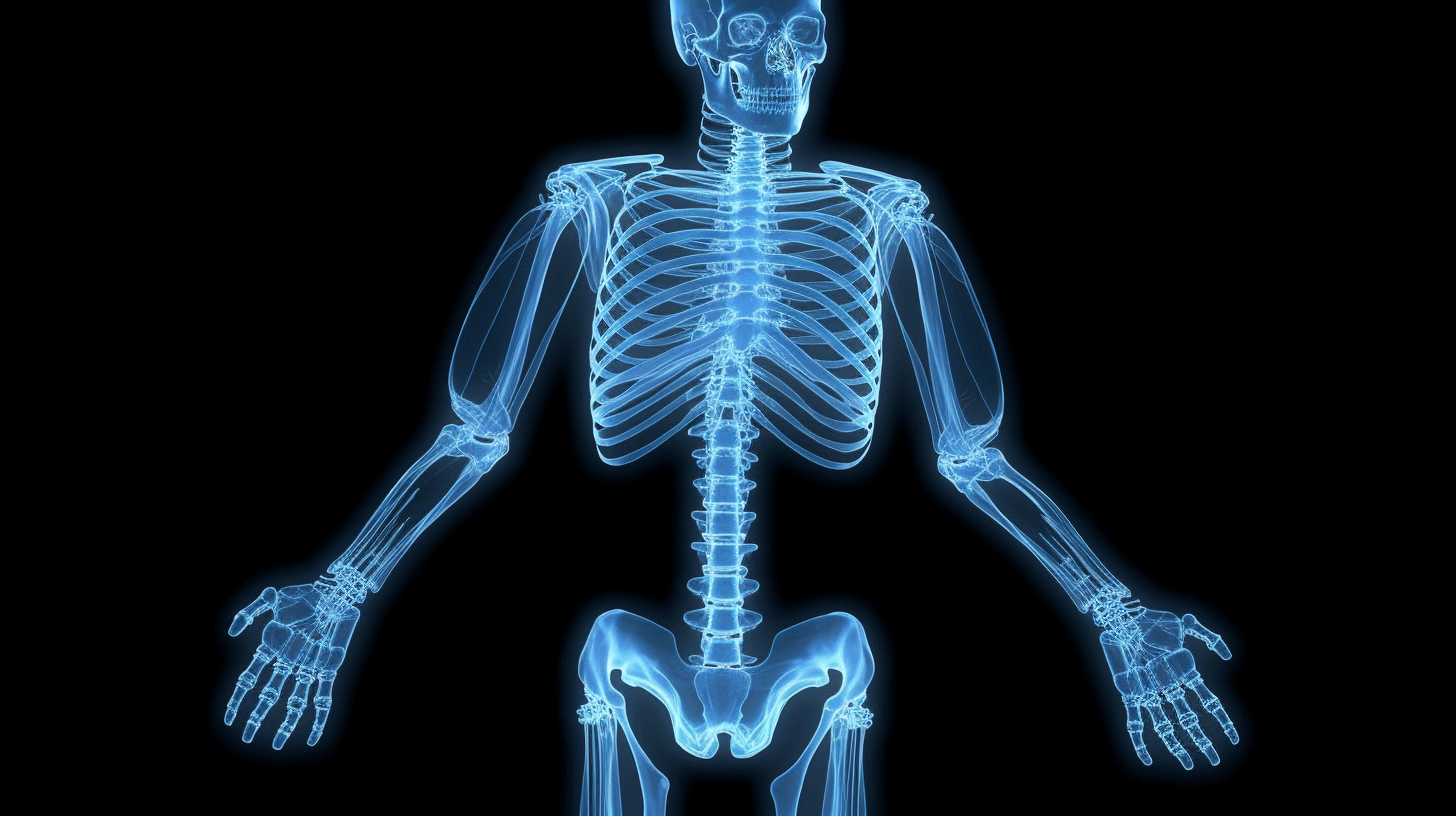🐭🧪 Da Blood of Young Mice Make Ol’ Mice Live Longa 📊💉👵🏽
⬇️ Pidgin | ⬇️ ⬇️ English
One team of scientists wen extend da lives of old mice by connectin’ dea blood vessels to young mice. Da infusions of youthful blood wen make da olda animals live 6 to 9 percent longa, according to da study, dat’s like six extra years fo’ an average human. 🐭💉👵🏽
Although da study neva specifically point to one anti-aging treatment fo’ people, da researchers wen say dat da blood of young mice stay get compounds dat promote longevity. 🧪💪🏼🐭
Da science of joining animals togetha, also known as parabiosis, stay one long-standing tradition. Back in da 19th century, French scientists wen connect da blood vessels of two rats fo’ prove dat dey shared one circulatory system. Dey wen inject belladonna, one compound from da deadly nightshade plant, into one o’ da animals, and both of da rats’ pupils wen dilate. 😮🐀
In da 1950s, Clive McCay from Cornell University and his colleagues wen use parabiosis fo’ explore aging. Dey wen join young and old rats, stitching togetha’ dea flanks so dat da capillaries in dea skin wen merge. Later, Dr. McCay and his colleagues wen look at da cartilage in da old rats and wen conclude dat it looked younga’. 🧪🐀
In da early 2000s, parabiosis wen experience one resurgence. Researchers wen use 21st century techniques fo’ study what happens wen animals of different ages wen share da same bloodstream. Dey wen find out dat da muscles and brains of old mice wen get rejuvenated, while younger mice wen show signs of accelerated aging. 🚀🧠
Some doctors wen jump on dese preliminary results and wen start offa injections of blood plasma from young people as one way fo’ treat dementia and odda diseases of old age. Da Food and Drug Administration wen issue one warning against such treatments in 2019, saying dat dey “get no proven clinical benefits fo’ da uses fo’ which dese clinics stay advertising dem and dey stay potentially harmful.” 💉🚫
Fo’ several years now, Dr. White and his colleagues stay tinkering wit’ parabiosis procedures in mice fo’ get betta’ understanding of da anti-aging effects. Dey wen join one old and young mouse togetha’ fo’ ’bout three months — twice as long as typical parabiosis experiments — befo’ carefully detaching dem. Afta’ da animals wen get betta’, da scientists wen observe dem fo’ see how much longa’ dey wen live. 🐭💉👨🏻🔬
Da researchers not only wen find out dat da old mice wen live longa’, but dey wen also see dat da way dey age wen look like stay change. Afta’ detaching da old mice, da scientists wen check da molecular markers in dea blood and liver dat act like one clock fo’ an animal’s biological age. Dem clocks stay seem fo’ pau: Two months lata’, da molecular markers wen show dat da older animals wen look “younga'” dan untreated mice of da same age. ⏰🧫🐭
“We wen reset da trajectory of aging,” Dr. White wen say. 🔄🧬
Da young mice wen also get affected by da union. “Da young mice wen rapidly become olda’, and when we separate da mice, it goes back,” said Vadim Gladyshev, one expert on biological clocks from Harvard Medical School and one author of da new study. 🐭⏮👴🏻
Da study wen publish on Thursday in da journal Nature Aging. 📅📚
“It’s one beautiful demonstration — it really shows dat dis effect stay not transient,” said Tony Wyss-Coray, one parabiosis expert from Stanford University dat neva wen help wit’ da study. 👍🏼🐭
But Michael Conboy, one research scientist from da University of California, Berkeley, wen caution dat one similar experiment publish last year by Ukrainian scientists neva show dat old mice wen live longa’ afta’ parabiosis. “But at least somebody stay doing da experiments, which stay brave, because dey stay not easy,” Dr. Conboy wen say. 🤔🧪🐀
Dr. David Glass, da vice president fo’ research on age-related disorders at Regeneron, one pharmaceutical company, wen note dat da new report wen use one different strain of mice from da one in last year’s study. “So one should be cautious in generalizing da findings,” Dr. Glass wen say. 🚨🔍🔬
Now Dr. White and his colleagues stay follow
NOW IN ENGLISH
🐭🧪 Blood of Young Mice Extends Life in the Old 📊💉👵🏽
A team of scientists has extended the lives of old mice by connecting their blood vessels to young mice. The infusions of youthful blood led the older animals to live 6 to 9 percent longer, the study found, roughly equivalent to six extra years for an average human. 🐭💉👵🏽
While the study does not point to an anti-aging treatment for people, it does hint that the blood of young mice contains compounds that promote longevity, the researchers said. 🧪💪🏼🐭
“I would guess it’s a useful cocktail,” said James White, a cell biologist at the Duke University School of Medicine and an author of the new study. 😮👨🏻🔬
Joining animals together, known as parabiosis, has a long history in science. In the 19th century, French scientists connected the blood vessels of two rats. To prove that the rats shared a circulatory system, they injected belladonna, a compound from the deadly nightshade plant, into one of the animals. The pupils of both rats dilated. 🐀💉😮
In the 1950s, Clive McCay of Cornell University and his colleagues used parabiosis to explore aging. They joined young and old rats, stitching together their flanks so that the capillaries in their skin merged. Later, Dr. McCay and his colleagues examined the cartilage in the old rats and concluded it looked younger. 🧪🐀
In the early 2000s, parabiosis went through a renaissance. Researchers used 21st century techniques to study what happened when animals of different ages shared the same bloodstream. They found the muscles and brains of old mice were rejuvenated, while younger mice showed signs of accelerated aging. 🚀🧠
Some doctors jumped on these preliminary results and started offering injections of blood plasma from young people as a way to treat dementia and other diseases of old age. The Food and Drug Administration issued a warning against such treatments in 2019, cautioning that they “have no proven clinical benefits for the uses for which these clinics are advertising them and are potentially harmful.” 💉🚫
For several years, Dr. White and his colleagues have been tweaking parabiosis procedures in mice to better understand the anti-aging effects. The scientists joined an old and young mouse together for about three months — twice as long as typical parabiosis experiments — before carefully detaching them. After the animals recovered, the scientists observed the animals to see how much longer they lived. 🐭💉👨🏻🔬
The researchers not only found that the old mice lived longer, but also that the course of their aging appeared to change. After detaching the old mice, the scientists looked at molecular markers in their blood and liver that act like a clock for an animal’s biological age. These clocks seemed to have been paused: Two months later, these molecular markers showed the older animals as “younger” than untreated mice of the same age. ⏰🧫🐭
“We reset the trajectory of aging,” Dr. White said. 🔄🧬
The young mice were also affected by the union. “The young mice rapidly become older, and when we separate the mice, it goes back,” said Vadim Gladyshev, an expert on biological clocks at Harvard Medical School and an author of the new study. 🐭⏮👴🏻
The study was published on Thursday in the journal Nature Aging. 📅📚
“It’s a beautiful demonstration — it really shows that this effect is not transient,” said Tony Wyss-Coray, a parabiosis expert at Stanford University who was not involved in the study. 👍🏼🐭
But Michael Conboy, a research scientist at the University of California, Berkeley, cautioned that a similar experiment published last year by Ukrainian scientists did not show that old mice lived longer after parabiosis. 🤔🧪🐀
“But at least somebody is doing the experiments, which is brave, because they are not easy,” Dr. Conboy said. 🚨🔍🔬
Dr. David Glass, the vice president for research on age-related disorders at Regeneron, a pharmaceutical company, noted that the new report used a different strain of mice from the one in last year’s study. “So one should be cautious in generalizing the findings,” Dr. Glass said. 🧪🐭
Now Dr. White and his colleagues are following up with experiments to understand what might be slowing down aging in the old mice. “We’re hunting the hows and whys,” he said. 🔍🧪👨🏻🔬
The long-term effects of the experiment suggest to Dr. White that the cause can’t be pinned only to cells from the young mice rejuvenating the old ones. Once the surgeons separated the mice, the old mice lost their supply of young cells but did not return to their old state. 🧬🐭
One possibility is that harmful compounds in the old animals get diluted by the blood from the young mice. The young blood may also contain molecules that reprogram cells in the old mice, so that they kept behaving like younger cells after the animals were detached. 🩸💉🧪
Dr. Gladyshev did not see the new study as a justification for getting shots of young human serum. For one thing, he and his colleagues have no idea which factors make up the life-extending cocktail for mice, let alone people. For another, injections are a far cry from being joined up to another animal for months. 😕💉🤷🏻♂️
“To me, it’s just very strange to think it could work,” Dr. Gladyshev said. 🤨







